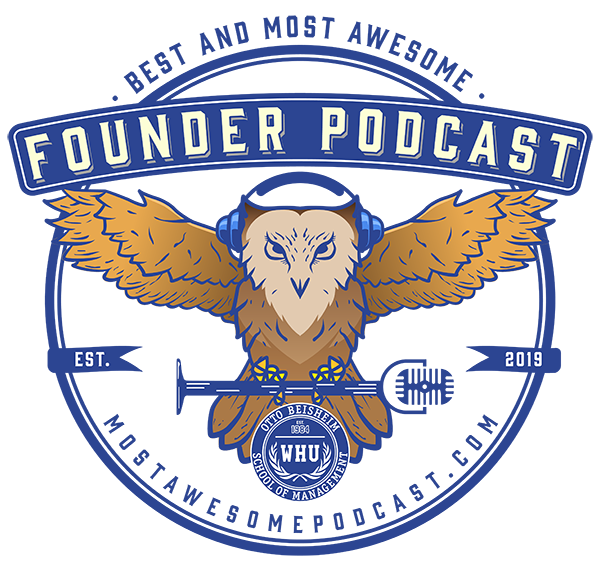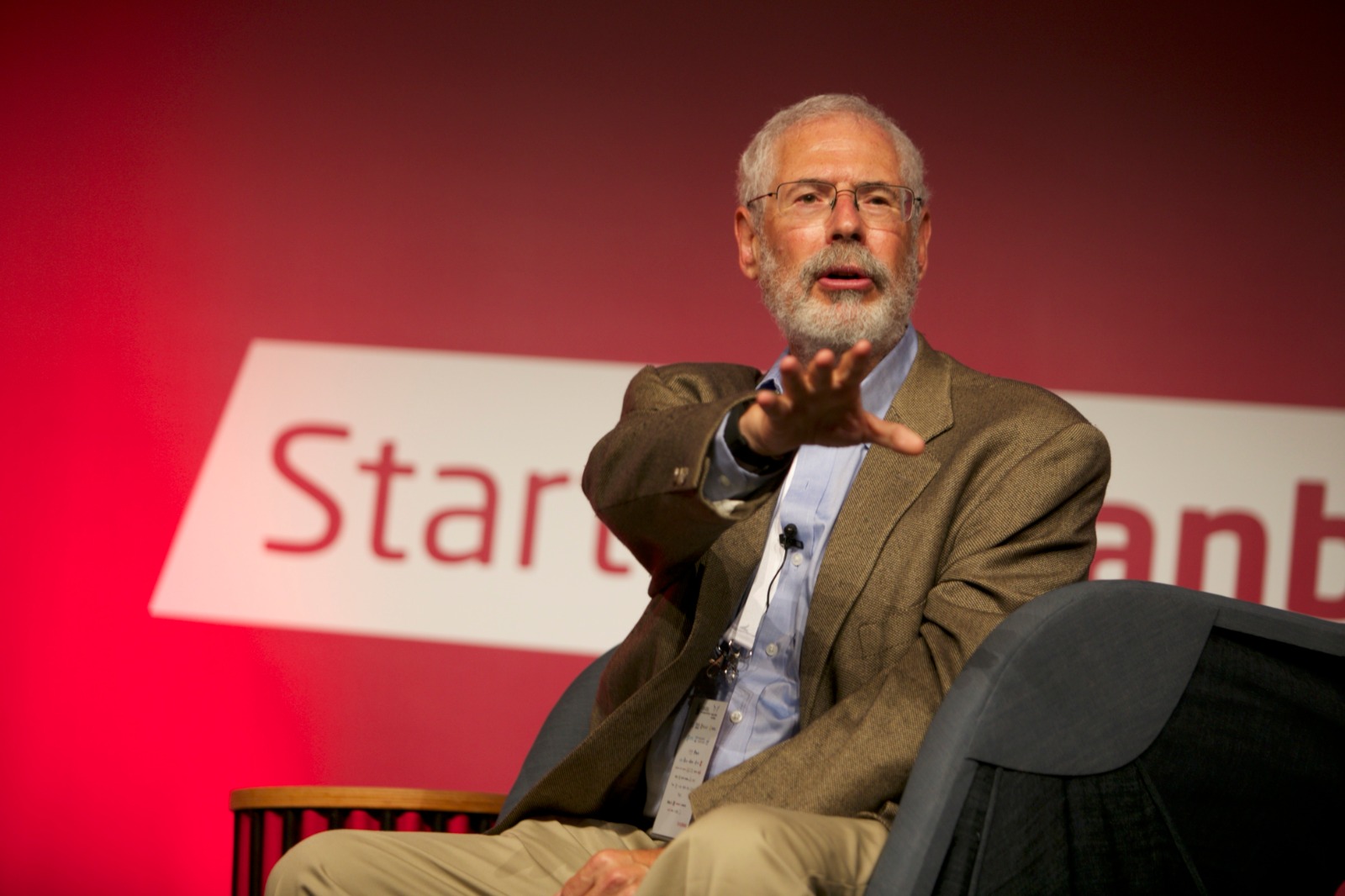EP 22 – Decoding Innovation Theater with Steve Blank
Episode Stream
Biography
In this 22nd episode of the Most Awesome Founder Podcast, we introduce Steve Blank – legendary entrepreneur, author, adjunct professor at Stanford University, and father of the customer development / lean startup method.
Steve arrived in Silicon Valley in 1978 and has played a pivotal role in the international startup scene ever since. His Lean Launchpad class redefined the way entrepreneurship is taught and changed the way entrepreneurs around the world build new ventures. He is also the author of the books “The Startup Owner’s Manual” and “The Four Steps to the Epiphany”.
To learn more about Steve, you can visit his website at www.steveblank.com or follow him on Twitter at @sgblank.
Joining me as co-host of this episode is Prof. Dries Faems, Chair of Entrepreneurship, Innovation and Technological Transformation at WHU.
Together we’re discussing Steve’s founder journey, but more importantly, the concept of innovation theater – those incubators, accelerators and corporate innovation labs that look slick from the outside, but are often lacklustre in producing tangible results.
Steve is an absolute legend in startup circles and full of nuggets of wisdom. I hope you enjoy listening to it as much as we did recording it!
Chapters
Part 1: Steve preview (00:04)
Part 2: Introducing Steve Blank (02:20)
Part 3: Steve’s founder journey (02:54)
Part 4: How the need for rapid corporate innovation leads to innovation theater (05:05)
Part 5: The “Innovation Head Nod” as a core driver for innovation theater (08:43)
Part 6: Key differences between innovation in startups and a corporates (10:05)
Part 7: The three horizons of innovation (13:05)
Part 8: How corporates can drive with disruptive innovation (15:46)
Part 9: Only “ambidextrous organizations” foster disruptive innovation (17:16)
Part 10: Innovation doctrines and ambidextrous organizations (20:13)
Part 11: Ambidextrous structures call for ambidextrous processes (25:35)
Part 12: How to detect innovation theater as an employee or startup (26:31)
Part 13: The two types of people needed in startups and corporates (27:57)
Part 14: Innovation theater in government organizations (29:30)
Part 15: Innovation as an integral process in large organizations (32:53)
Part 16: Accelerators and incubators are innovation theater (35:25)
Part 17: The uncertainty of ambidextrous organizational design (38:33)
Part 18: Employee roles for execution vs innovation (40:36)
Part 19: Steve’s #1 tip for future entrepreneurs (42:47)
Part 20: What book is Steve currently reading? (47:49)
Part 21: Outro Gerrit (01:02:26)

